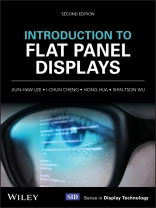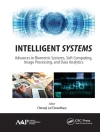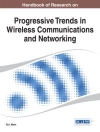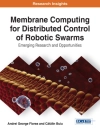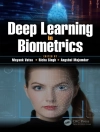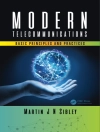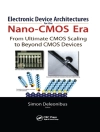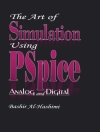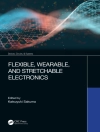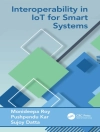THE PERFECT GUIDE TO FLAT PANEL DISPLAYS FOR RESEARCHERS AND INDUSTRY PERSONNEL ALIKE
Introduction to Flat Panel Displays¯, 2nd Edition is the leading introductory reference to state-of-the-art flat panel display technologies. The 2nd edition has been newly updated to include the latest developments for high pixel resolution support, high brightness, improved contrast settings, and low power consumption. The 2nd edition has also been updated to include the latest developments of head-mounted displays for virtual and augmented reality applications.
Introduction to Flat Panel Displays introduces and updates both the fundamental physics and materials concepts underlying flat panel display technology and their application to smart phones, ultra-high definitions TVs, computers, and virtual and augmented reality systems.
The book includes new information on quantum-dot enhanced LCDs, device configurations and performance, and nitrate-based LEDs. The authors also provide updates on technologies like:
* OLED materials, including phosphorescent, TTA, and TADF OLEDs
* White light OLED and light extraction
* OLED for mobile and TV
* Light and flexible OLED
* Reflective displays, including e-paper technology
* Low power consumption displays
The perfect reference for graduate students and new entrants to the display industry, Introduction to Flat Panel Displays offers problem and homework sets at the end of each chapter to measure retention and learning.
Spis treści
Series Editor’s Foreword
Chapter 1: Flat panel Displays
Chapter 2: Color Science and Engineering
Chapter 3: Thin Film Transistors
Chapter 4: Liquid Crystal Displays
Chapter 5: Light-emitting Diodes
Chapter 6: Organic Light-emitting Devices
Chapter 7 Reflective displays
Chapter 8: Fundamentals of Head-mounted displays for Virtual and Augmented Reality
Chapter 9: Touch Panel Technology
O autorze
Series Editor: Ian Sage, Abelian Services, Malvern, UK
Jiun-Haw Lee, National Taiwan University, Taiwan
Jiun-Haw Lee received his Ph.D. in electrical engineering in from the National Taiwan University, Taipei, Taiwan. From 2000 to 2003, Dr Lee was a director at the Ri Tdisplay Corporation, before joining the faculty of National Taiwan University in the Graduate Institute of Electro-optical Engineering and the Department of Electrical Engineering, where he is currently an associate professor. His research interests include organic light emitting device (OLED), display technologies, and solid-state lighting.
I-Chun Cheng, National Taiwan University, Taiwan
Dr. Cheng received a Ph.D. in electrical engineering from Princeton University in 2004. Following her degree, she became a postdoctoral research associate at Princeton University. She joined the faculty of National Taiwan University in 2007, where she is currently an associate professor at the Department of Electrical Engineering and Graduate Institute of Photonics and Optoelectronics. She has primarily worked in the field of metal oxide semiconductor thin-film device technology, photoelectrochemical solar cells and flexible large-area electronics.
Hong Hua, University of Arizona, USA
Dr. Hua is currently a Full Professor with the College of Optical Sciences (OSC) and joint faculty with the Department of Electrical and Computer Engineering and Department of Computer Science at the University of Arizona. Dr. Hong Hua received her Ph.D. degree in optical engineering from Beijing Institute of Technology (BIT), Beijing, China, in 1999, with the dissertation titled ?Techniques of Immersion Enhancement and Interaction for Virtual Reality? (with honor). She received her B.S. in optical engineering and Minor B.S. degree in computer science from BIT in 1994.
Shin-Tson Wu, University of Central Florida, USA
Prior to joining UCF in 2001, Dr. Wu was with Hughes Research Laboratories (Malibu, California) where the first laser was invented. He received his Ph.D. in Laser Physics from the University of Southern California. His research at UCF focuses in Advanced displays, including quantum dots and sunlight readable LCDs and OLEDs; wearable displays including augmented reality and virtual reality; adaptive lenses; spatial light modulators and biosensors. Dr. Wu is a Charter Fellow of the National Academy of Inventors and one of the first six inductees of the Florida Inventors Hall of Fame.
